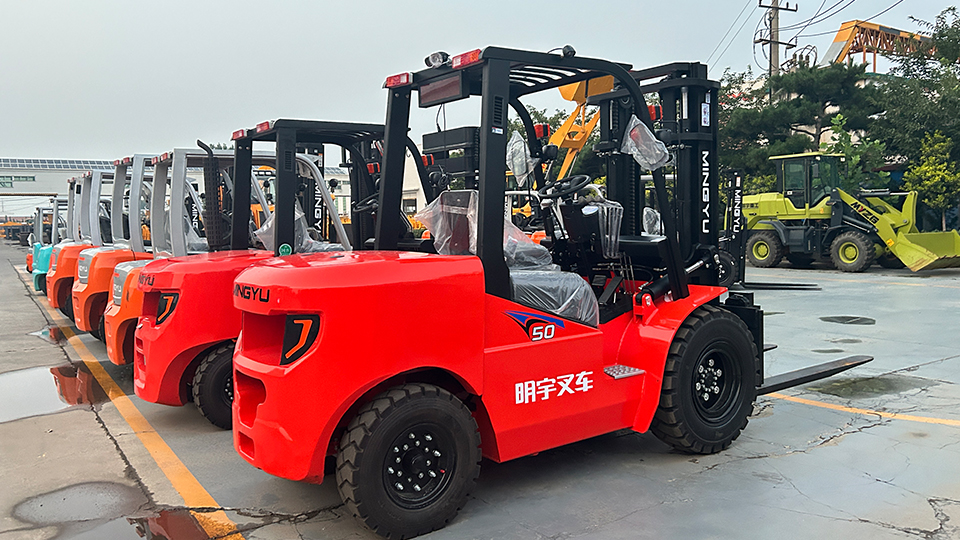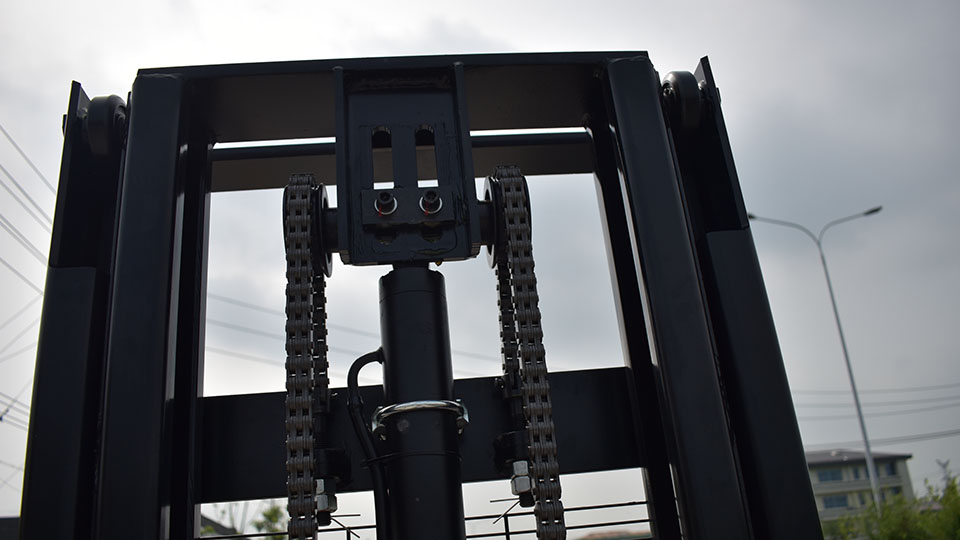
Introduction
Forklifts are essential tools in various industries, particularly in warehousing and manufacturing, where they are used to lift and move heavy loads. One of the critical dimensions of a forklift is its height, which can significantly impact its usability and safety in different environments. Understanding the height of a forklift is crucial for operators, safety managers, and anyone involved in warehouse or industrial operations. This article will explore how to identify the height of a forklift from images, the importance of this measurement, and how to accurately measure it.
Understanding Forklift Dimensions
Before diving into how to identify the height of a forklift from an image, it's important to understand the basic dimensions of a forklift. Forklift dimensions typically include:
Overall Height: The vertical measurement from the ground to the highest point of the forklift when it is not lifting any load.

Load Height: The maximum height the forks can reach when fully extended.
Mast Height: The height of the vertical structure that supports the forks.
Why Forklift Height Matters
The height of a forklift is a critical dimension for several reasons:
Clearance: Knowing the forklift's height ensures it can pass under overhead obstacles such as beams, racks, and doorways.
Load Capacity: The height affects the forklift's ability to lift and stack loads to different heights.
Safety: Proper height measurement helps prevent accidents and injuries by ensuring the forklift operates within safe parameters.
Identifying Forklift Height from Images
Images can provide valuable information about the height of a forklift, but they must be interpreted correctly. Here are some key points to consider when examining images:
1. Scale and Perspective
Images can be misleading due to perspective and scale. To accurately determine the height of a forklift from an image, you need a reference point of known height. This could be a person, a standard pallet, or any other object whose height is known.
2. Types of Images
Different types of images provide different levels of detail:
Side View: A side view image provides the most accurate representation of the forklift's height. It allows you to see the overall height, mast height, and load height clearly.
Front View: A front view image can show the height of the mast and the forks but may not provide a complete picture of the overall height.
Top View: A top view image is less useful for determining height but can provide information about the width and length.
3. Measuring Techniques
If you have an image with a known reference point, you can use simple geometry to estimate the height. For example, if a person standing next to the forklift is known to be 6 feet tall, you can use this as a reference to estimate the forklift's height.
Example Calculation
Suppose you have a side view image of a forklift with a person standing next to it. The person is 6 feet tall, and in the image, the person's height is 1 inch. If the forklift's height in the image is 3 inches, you can calculate the actual height of the forklift as follows:
Actual Height of Forklift=Height in Image×
Height of Reference in Image
Actual Height of Reference
Actual Height of Forklift=3 inches×
1 inch
6 feet
=18 feet
Practical Steps to Measure Forklift Height
While images can provide an estimate, accurate measurement requires practical steps:
1. Using a Measuring Tape
The most straightforward method is to use a measuring tape. Measure from the ground to the highest point of the forklift when it is not lifting any load. This will give you the overall height.
2. Using a Laser Measurer
A laser measurer is a more precise tool that can provide accurate measurements quickly. Simply point the laser at the highest point of the forklift and read the measurement.
3. Manufacturer Specifications
Always refer to the manufacturer's specifications for the most accurate information. These specifications are usually available in the forklift's manual or on the manufacturer's website.

Importance of Accurate Height Measurement
Accurate height measurement is crucial for several reasons:
1. Safety
Knowing the exact height of a forklift helps prevent accidents. Operators can avoid collisions with overhead obstacles and ensure safe navigation through narrow aisles and doorways.
2. Efficiency
Understanding the height allows operators to stack loads efficiently, maximizing storage space and reducing the time required for loading and unloading.
3. Compliance
Accurate measurements ensure compliance with industry standards and regulations, avoiding potential fines and legal issues.
Common Mistakes to Avoid
When measuring or estimating the height of a forklift, several common mistakes can lead to inaccurate results:
1. Incorrect Reference Points
Using an incorrect reference point in images can lead to significant errors. Always ensure the reference point is accurately known and clearly visible in the image.
2. Perspective Distortion
Images taken at an angle can distort the perceived height. Always use side view images taken perpendicular to the forklift for the most accurate results.
3. Ignoring Manufacturer Specifications
Relying solely on images or manual measurements can lead to errors. Always cross-check with the manufacturer's specifications to ensure accuracy.
Conclusion
Understanding and accurately measuring the height of a forklift is essential for safety, efficiency, and compliance in industrial operations. While images can provide valuable insights, they should be used in conjunction with practical measurements and manufacturer specifications. By following the guidelines outlined in this article, you can ensure that you have an accurate understanding of your forklift's height, contributing to a safer and more efficient workplace.
Name: selena
Mobile:+86-13176910558
Tel:+86-0535-2090977
Whatsapp:8613181602336
Email:vip@mingyuforklift.com
Add:Xiaqiu Town, Laizhou, Yantai City, Shandong Province, China